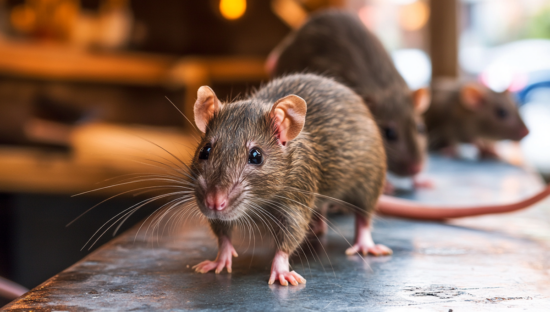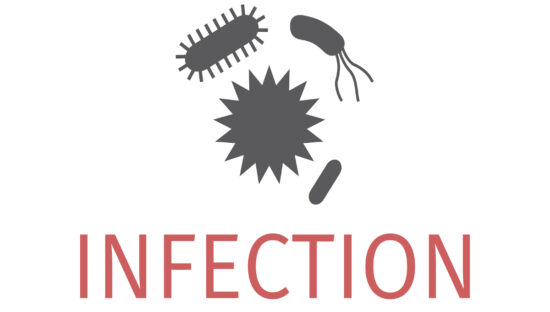Rentokil is the world’s largest pest control company, operating in 90 countries worldwide. Its 2024 State of the Rodent Report is out. If you don’t like rats, this document is not comforting, and its findings are not good for food safety.
According to the report, there has been a nationwide spike in rodent activity — particularly of roof rats — in growing urban centers.
Milder winters, fast construction, and urban population growth are fueling infestations that threaten food safety and brand trust across the foodservice and processing industries.
Key findings of the report include:
Roof rat populations are on the rise
These rodents are commensal — they live close to humans and depend on us for food, water and shelter. So, urban population growth often corresponds with roof rat population growth.
Faster, cheaper new construction presents new challenges
Structures that are built fast with cheaper materials and often sub-standard building practices are more vulnerable to rodent infestations. Gaps in building exteriors provide easy entry.
Foam insulation is soft and easy to gnaw through. Rodents will exploit these and any other weaknesses they can find.
Rodents move with people
As people move from one region to another and into new structures, they can inadvertently bring rodents with them. They can even introduce new species to previously unaffected areas. And as urban areas continue to grow, so will rodent populations.
Warmer temperatures are contributing to the rise in rodent populations
Warmer temperatures and milder winters are providing the perfect environment for longer life spans and reproductive seasons. And that means a booming rodent population.
The West experienced a 27 percent increase in rodent activity in 2024 compared to 2023.
San Francisco and Los Angeles ranked second and third, respectively, among U.S. cities with the most reported rodent activity.
The four Southwest states of Oklahoma, Texas, New Mexico and Arizona saw reported rodent activity increase by 25 percent in 2024 compared to 2023
The 12 Midwestern states saw a 76 percent increase in rodent activity in 2024 compared to 2023. States that experienced the most significant increases in the region were Ohio with 275 percent, Indiana with 242 percent, and Wisconsin with 191 percent.
Rodent reports in the Northeast were up 36 percent. Rhode Island stands out with a 212 percent increase being recorded.
The Southeast recorded a similar 39 percent increase, with Kentucky experiencing the highest rise at 160 percent.
The Rentokil report offers advice for specific industries to combat rodents, including detailed instructions for food and beverage processing, retail food services, and other relevant sectors. However, the big 3 for businesses dealing with rats and other rodent infestations are: 1. Use exclusion best practices; 2. Make trash less accessible and 3. Don’t let your landscape get out of hand
To sign up for a free subscription to Food Safety News, click here.)



